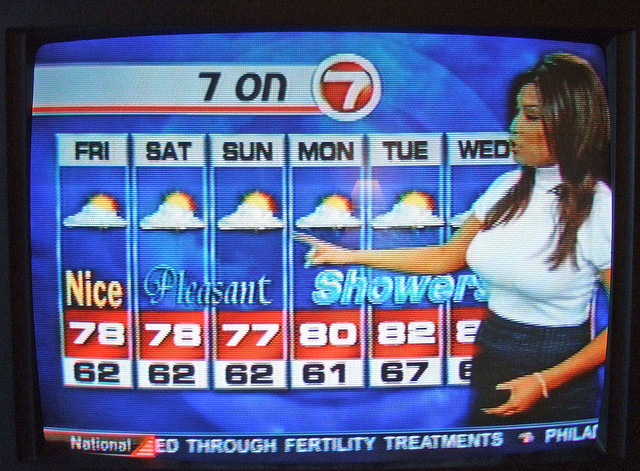
“It’s tough to make predictions. Especially about the future.”
The quote above is alternatively attributed to the physicist Neils Bohr and to the New York Yankee catcher Yogi Berra. Regardless of its source, it’s certainly true – particularly in the financial markets.
Of course, that doesn’t seem to stop us from trying.
I bring this up because Barron’s recently polled its “10 Street Seers,” an elite group of Wall Street strategists, to get their forecasts for S&P 500 year-end value, the 10-year Treasury yield and more. The results were a little underwhelming.
On average, the analysts expected the S&P 500 Index to rise by 65 points—or about 4% from current levels. The most bearish analyst saw the S&P 500 shedding 33 points. The highest forecast was also the most popular; three out of the ten saw the S&P 500 adding 117 points to 1750 by year end. The entire range of forecasts was only 150 points – not a lot of independent thought here.
The forecasts for the 10-year Treasury yield were even less diverse. The average forecast was for a 0.12% rise in yield. Four of the ten analysts had a target yield of 3%, and the range from highest estimate to lowest estimate was a pitiful 50 basis points.
These are ten extremely bright people with ten forecasts that are noteworthy only for their lack of originality. What gives? Why the excessive conservatism?
Wall Street analysts aren’t that different from the rest of us. They suffer from a recency bias, or a tendency to give a disproportionate importance to recent events. Yet at the same time, they have a tendency to anchor and adjust their forecast rather than start a fresh forecast with revised assumptions. They are prone to groupthink and herding behavior. And finally, there is what I like to call the “save your ass” bias. If a forecaster makes a bold call—and turns out to be wrong—he is probably going to be out of a job. This incentivizes them to make their forecast within a tight band of acceptable, consensus thinking.
All of these combine to make a foul cocktail of conflicting mental impulses that provide forecasts that are consistently too bland to be useful.
I have a piece of advice: Don’t waste your time forecasting.
You should have a basic understanding of the macro environment you are in, and you should have an opinion of, say, the direction the stock market or interest rates are likely to go. But this kind of thinking shouldn’t occupy a lot of your time, and there is no value in being overly precise in your estimates.
Instead of focusing on the precise interest rate, think in terms of contingencies. What would happen to my portfolio if interest rates shot higher? And what can I do to mitigate that risk? And importantly, at current market prices, am I being compensated adequately for the risks I’m taking?
As a practical example, I expect bond yields to fall from current levels, as I believe that the tapering fears are vastly overdone. But I also know that I could be wrong about that. To protect my Dividend Growth Portfolio from this risk, I am focusing on companies with a history of raising their dividends, rather than focusing on high current yield.
As they say, past performance is no guarantee of future results. A company with a long history of paying dividends can abruptly stop. We saw plenty of that in 2008 and 2009. But I would trust a good company’s dividend record before I put my faith in a Wall Street forecast.
Image: Joe Logan
All opinions included in this material are as of August 31, 2013 and are subject to change. The opinions and views expressed herein are of the portfolio manager and may differ from other managers, or the firm as a whole. All investments involve risk (the amount of which may vary significantly) and investment recommendations will not always be profitable. Past performance does not guarantee future results.


